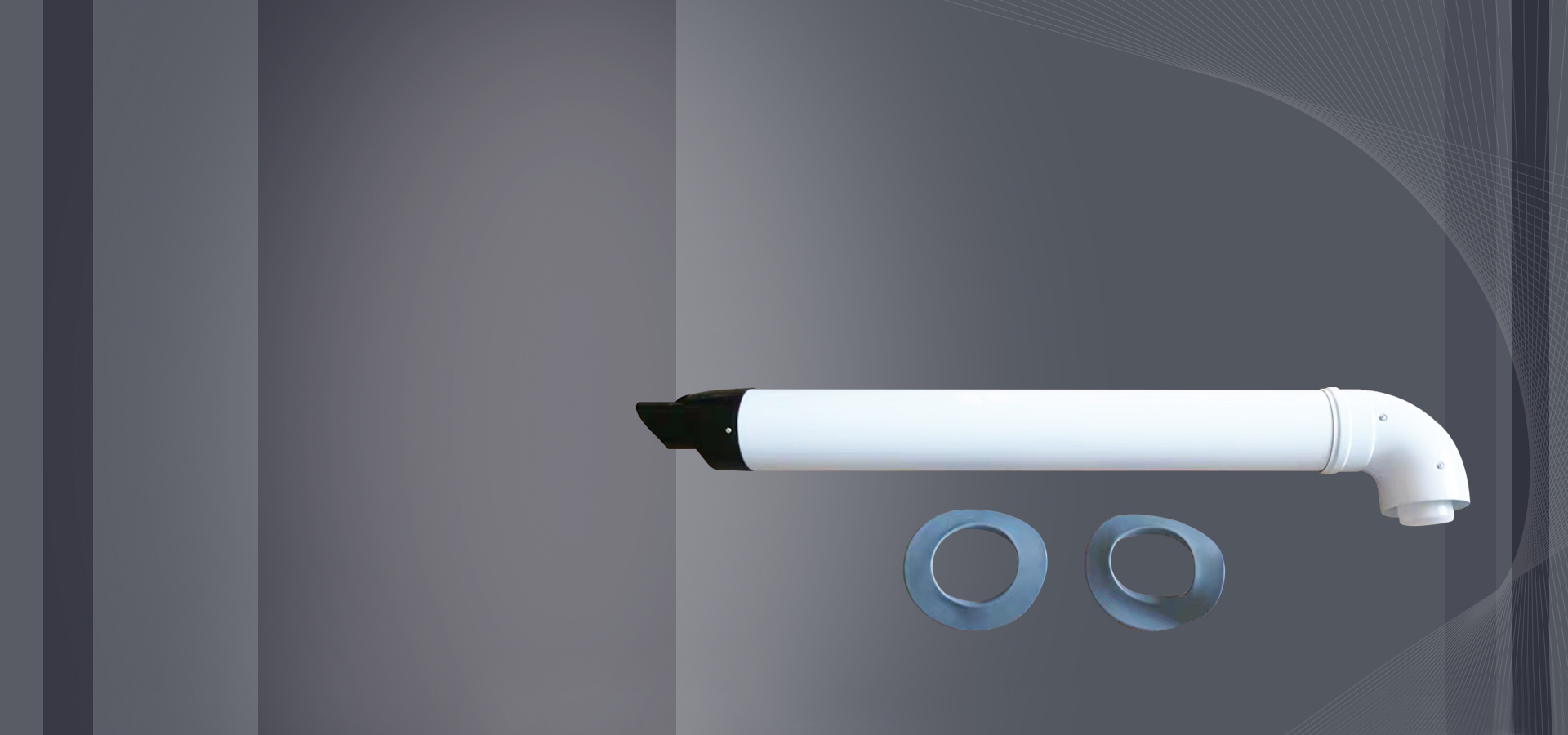A. Clean the chimney: A heavy accumulation of creosote […]

A. Clean the chimney: A heavy accumulation of creosote in a chimney can block the flue or drastically restrict its effective size. Even minor accumulations increase friction in the chimney and reduce its capacity. Plan to inspect your chimney once a month and clean it as needed.
B. Seal leaks in the chimney: Be certain that there are no other appliances hooked to the stove's chimney; seal all other connectors to the chimney; close all cleanout doors and fittings. It's probably not necessary to go to the extreme of sealing stovepipe joints with furnace cement, though this might offer a marginal improvement.
C. Open a window: If you suspect that, for one reason or another, your house is restricting or preventing flow up the chimney, crack a window open near the heater and see if the problem goes away. If so, consider installing an outdoor air supply as a more permanent remedy (see solution D).
D. Install an outside combustion-air system: It's preferable to directly connect a woodburner's air inlet to the outside, rather than just putting a hole in the wall near the appliance. In practice, however, this may be difficult to do unless you use a heater designed for mobile home application (which will be equipped with outside air connections). Bear in mind that an outside air connection is unlikely to have any positive effect on efficiency: Even though room air isn't used, the stove must heat the air for combustion; what's more, the cool air will decrease the temperature of the stove's body, reducing radiation. Before you do anything drastic, try solution C.
E. Extend the chimney: It's a simple matter to add another section to an insulated metal chimney, and it's not that difficult to add to masonry chimneys (flue tiles come in 3-foot lengths). Be sure your chimney at least meets the NFPA guidelines, though exceeding those dimensions may improve draft to some degree.
F. Reline the chimney: Block or brick chimneys that are too large, unlined, located on the house's exterior, or deteriorating can be saved by placing a liner inside the existing masonry. Two basic methods were previously described in MOTHER EARTH NEWS: an insulated stainless steel insert and a formed masonry (insulating refractory) liner. Metals other than high-grade stainless steel will deteriorate within a few years inside a chimney; also, any metal liner should be either spiral formed or installed so that it can expand and contract with temperature. If a chimney with a metal liner is very well sealed, it may not be absolutely necessary to fill the void between the liner and the masonry with vermiculite. Any quality relining job will be expensive (at least $20 per foot installed), but this is still less expensive than building or installing a new chimney.
G. Install (or replace) a chimney cap: If you're having back puffing problems in windy weather, install a chimney cap or try a different one. Cone-shaped caps may encourage downward flow if the chimney is on the upwind side of the house. We don't recommend chimney caps that rotate with wind direction: If they don't become stuck with creosote, they spray creosote all over the roof when they pivot.
H. Install a new chimney: If your existing chimney is falling apart or too small inside, and if it can't be successfully relined, we've got bad news: Building a new masonry chimney or installing an insulated metal one is expensive; carefully analyze the costs versus the savings of burning wood.